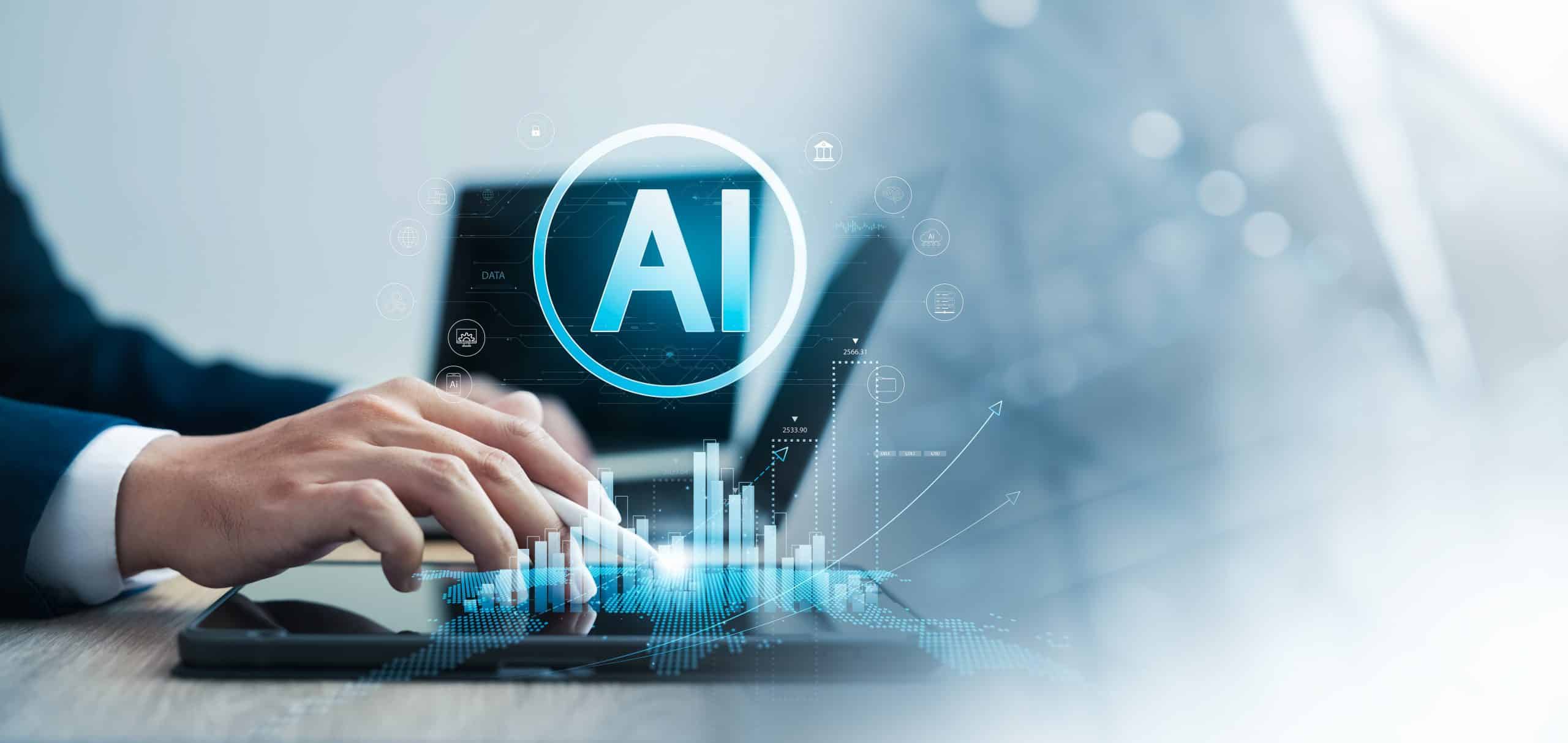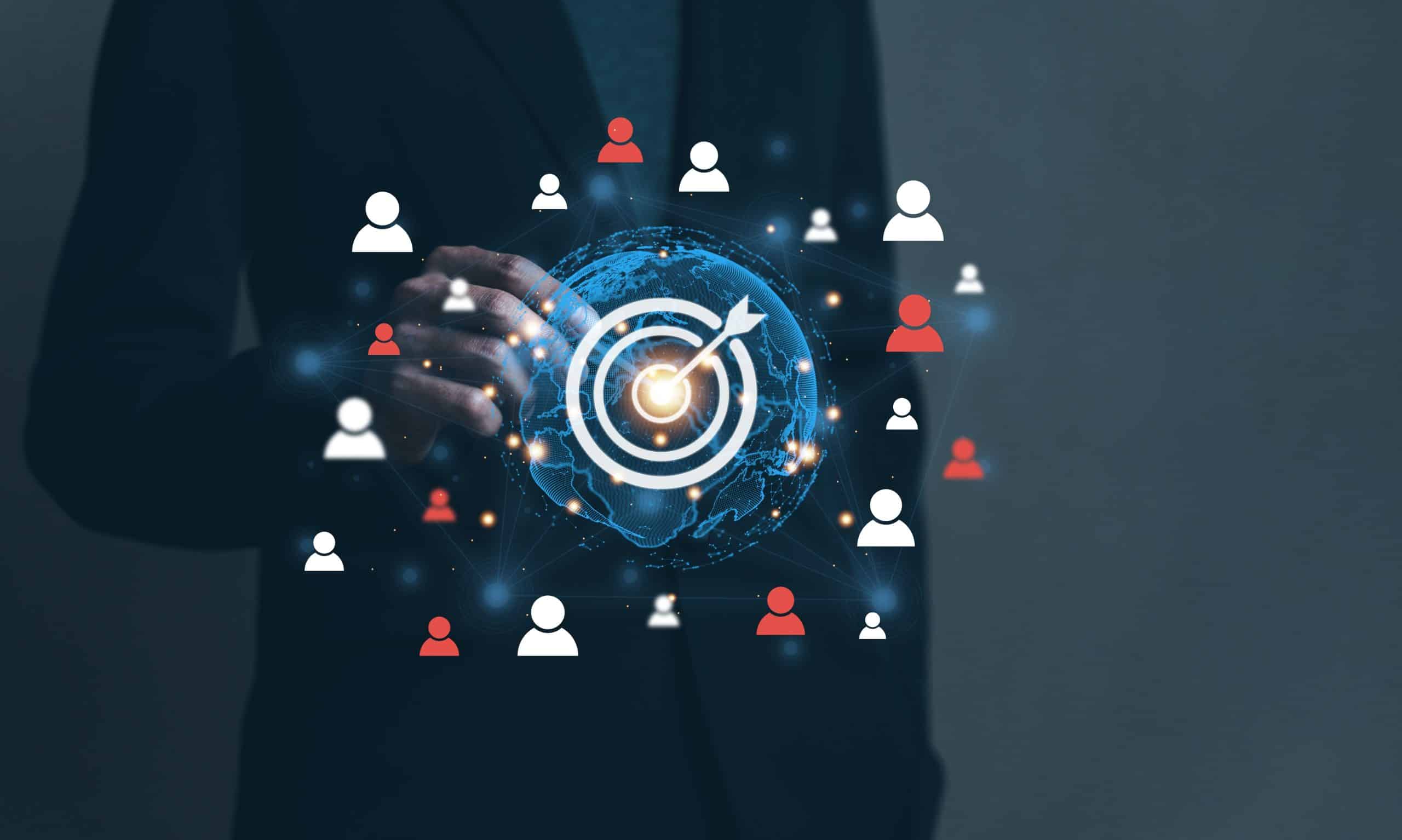Artificial intelligence (AI) stands to transform every industry, from customer service to network security. Nowhere is its impact more immediate, or more misunderstood, than in performance marketing. Marketers are using AI tools to generate headlines, thumbnails, and landing pages in seconds, reshaping what it means to produce creative at scale. Yet, one universal truth remains: The best-performing campaigns still rely heavily on human judgment, strategy, and experience.
To explore AI’s strengths and weaknesses, we spoke to Nadim Batista-Kuttab, CEO of Xevio, a leading performance marketing agency specializing in native advertising. Nadim’s team manages some of the largest enterprise accounts in the space, combining deep platform expertise with data-driven creative strategy. In our conversation, he explained how human expertise is vital to performance marketing, even as AI is revolutionizing campaign management.
The Rise of the Prompter and the Decline of the Studio
For years, design studios have been a necessary expense for marketing teams. Campaigns relied heavily on experts using expensive hardware and software to generate videos and design the images necessary to connect with consumers. But, as Nadim explains, AI is fundamentally changing the requirements for creative production teams. The need for a dedicated studio will gradually be eroded, he says: Prompters, instead of specialized design teams, are the future of performance marketing.
“Specialized, dedicated design teams aren’t necessary anymore for performance campaigns,” continues Nadim. “On the flip side, content is still very much human-produced. So, we’re using AI regularly in the generation of landing pages, but they’re always edited by people.”
The Human Factor
As Nadim points out, AI tools are increasingly capable of generating the raw materials of performance creative. The technology can generate dozens of assets in minutes, eliminating the need for a full photo studio with a lighting rig and multiple designers. The new high-value skill is prompt engineering: Performance marketers need skilled professionals who can instruct the AI to produce assets that meet the technical requirements. The assets must also speak to the emotional triggers and visual hooks that connect with humans.
This ease of asset creation can make it easy to lose sight of your strategy, though. Each image, video, and text output should fit within the broader context of your campaigns. This is where a human expert needs to filter assets, discarding some, refining others, and constantly testing and iterating.
The Shift From Studios to Idea Factories
This gradual shift means that performance marketing teams can easily streamline operations. Instead of a full photography shoot for every asset, you’ll now have an “idea factory” where skilled prompt engineers generate multiple versions, a marketing expert chooses the best, a graphic designer or video editor polishes them, and teams test each creative.
“Our recommendation right now, especially on the content side, is to use AI as an accelerator, not as a replacement to your internal tools,” Nadim says. “It’s not complicated, I think, to create a good creative. The hard part is really just getting the entire value stream right. So, from click to content to product to purchase — all those pieces have to be in sync before you can see success on it. And that’s the hard part. The individual pieces aren’t that hard.”
While AI is an invaluable tool in content production, then, it’s still just that — a tool. Humans need to refine and filter AI output to ensure campaigns convert. When you remove the human strategist and rely purely on AI-generated assets, you risk producing uninspired or misaligned creative, potentially leading to months of wasted marketing efforts.
The Content Fallacy: Why AI Drafts Fail to Convert
AI excels at generating content quickly, but as impressive as the technology can be, it struggles to compete with skilled, experienced human experts when it comes to that final strategic refinement necessary to drive high-volume, profitable conversions.
“Just because you know ChatGPT can write you a landing page in 10 seconds, it doesn’t mean that landing page is going to perform remotely as well as a page that has a couple of hours of several people’s time put into it, to really fine-tune those edges and make it perform better,” Nadim says.
Generative Capability vs. Conversion Capability
As already discussed, AI can easily produce something that looks like a landing page, ad copy, or script. It will typically follow the prompt, incorporate brand terms, and be grammatically correct. Conversion goes beyond perfectly crafted sentences and visually appealing images, though: In short, no technology has the in-depth understanding of your business that you’ve cultivated over the weeks, months, and years you’ve been in the trenches.
The biggest issue with AI-generated content is that it lacks context. Humans generating the same content, for instance, would be aware of your competition and platform dynamics. They’d understand the key friction points and typical click-through rates of your channel. They’d also recognize subtle performance cues, like when a click doesn’t translate into a conversion or when a headline’s emotional tone clashes with the audience’s intent. That level of insight comes from lived experience, not algorithms.
The Full Funnel Principle: Where Human Expertise Still Reigns
Beyond individual assets lies what Nadim identifies as the value stream, which describes the customer journey from click to content to product to purchase. This is where human strategists shine: From managing interdependencies to spotting friction and ensuring the funnel is cohesive, optimizing content across the entire buyer journey is where human strategists provide indispensable value.
“The individual pieces aren’t that hard,” Nadim says. “The hard part is getting the entire value stream right. So, from click to content to product to purchase, all those pieces have to be in sync before you can see success.”
Human expertise is needed to:
Bridge Disconnects
One of the most common failures in performance marketing happens when the ad’s promise (headline, creative, and hook) doesn’t match what the landing page or checkout process delivers. A mismatch can lead to one or more of the following:
- Higher bounce rates.
- Dissatisfied users.
- Poor-quality conversions.
- Platform sanctions.
For example, an AI-generated ad might read, “Discover the secret to youthful skin in seven days,” but when the user clicks through to the landing page, the messaging offers a generic e-guide. A user who expected immediate answers is likely to bounce. While AI likely wouldn’t spot the gap, a good strategist would catch the disconnect, adjust either the copy or the offer, and monitor results.
Optimize Conversion Rate (CRO)
AI can’t walk through your checkout process the way a human can. It won’t notice that your German-language page loads slowly on a certain publisher’s feed, or that a publisher’s page structure causes your tracking pixel to drop off. Businesses that regularly monitor their marketing efforts will likely identify those issues fairly quickly and repair them before they can become a major issue.
Human teams can run multivariate tests, interpret anomalies like sudden drops in publisher performance, and foster iterative improvement. Nadim’s agency, Xevio, prioritizes testing. The Xevio team runs hundreds of landing page variants with large-scale data to refine quality, something a self-service AI approach struggles to replicate.
Align With Policy
Advertising on the open web, particularly via native networks, requires navigating a variety of issues, including:
- Platform policies.
- Publisher rules.
- Regulatory complaints.
- Brand safety concerns.
Unfortunately, AI-generated copy may inadvertently violate policies — a video might include exaggerated claims, or a blog post could include banned terms. Those are items your human team members would have likely filtered out, considering both compliance and conversion optimization while crafting content.
Fully relying on AI seems easy at first: You just need an image and a headline. As Nadim points out, though, self-service often fails because of compliance issues, whitelist/blacklist segmentation, and rapidly shifting platform trends.
“Self-service has never worked for big advertisers, mainly because there are so many different pieces to a Realize campaign,” he says. “Without some sort of internal support, you’re going to have a really hard time navigating policy issues, creating whitelists or blacklists for sites, and in general just understanding the trends of the platform, which is changing very quickly. So, my recommendation is, if you’re serious about performance advertising, get an account manager.”
AI-generated copy should be edited aggressively. It can be easy to focus on getting high click-through rates and conversions while editing, but with AI, it’s crucial to make sure every asset is compliant with regulations and publisher requirements.
Get higher level of personalized support and strategic oversight. Realize Managed Accounts.
Key Takeaways
In performance marketing, AI should be seen as an enhancement, not a replacement. It can streamline ideation, drafting, and testing, but the real competitive edge still lies in human expertise. As Nadim sees it, success comes from experience, data interpretation, and the ability to think holistically across the entire funnel, from click to conversion to retention.
While AI can produce countless variations at lightning speed, it falls short when it comes to recognizing the messaging that resonates and why an audience converts. The marketers who succeed in this new AI-dominated environment will learn to pair the technology with human strategy while also continuously testing, refining, and aligning every asset to the larger journey. In the end, speed and efficiency mean nothing if they don’t bring results.



